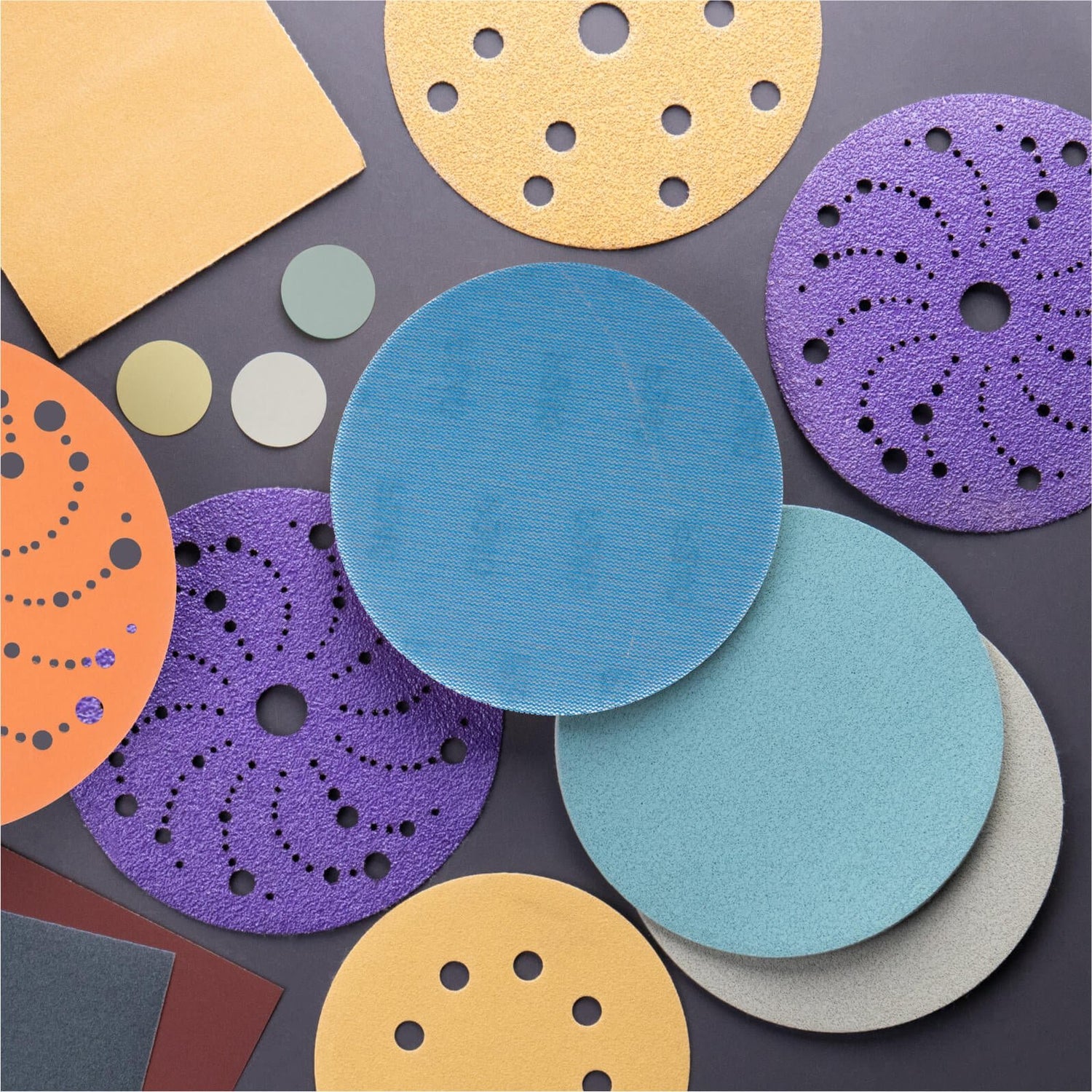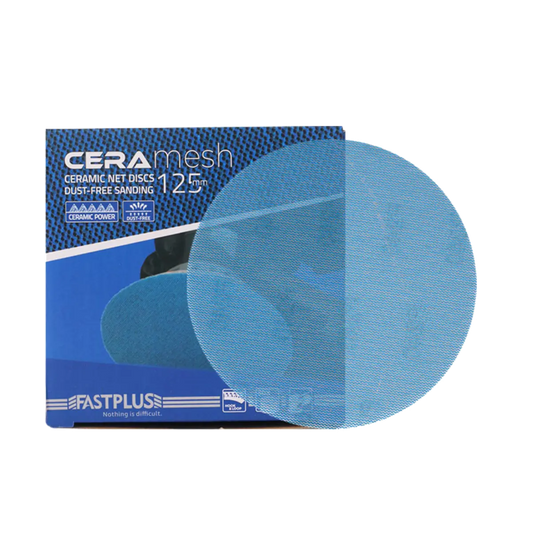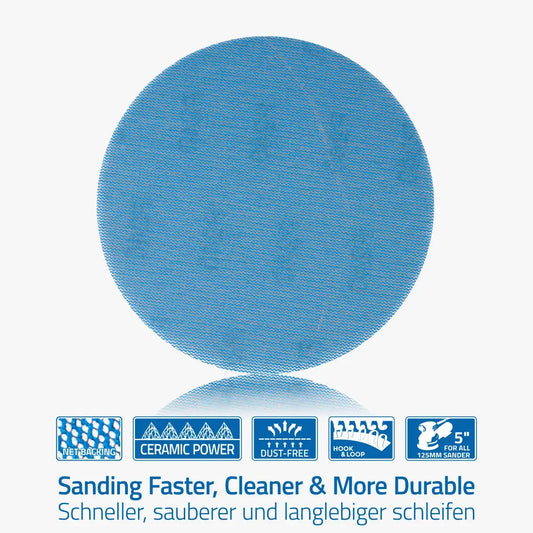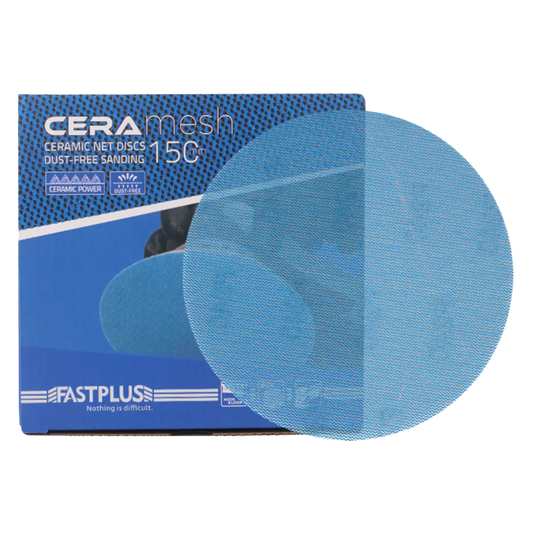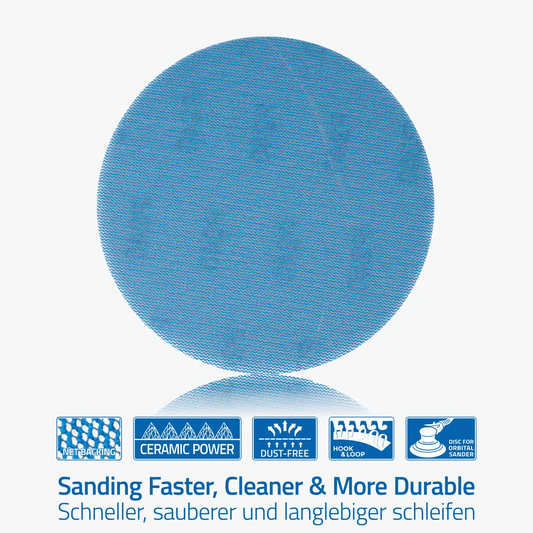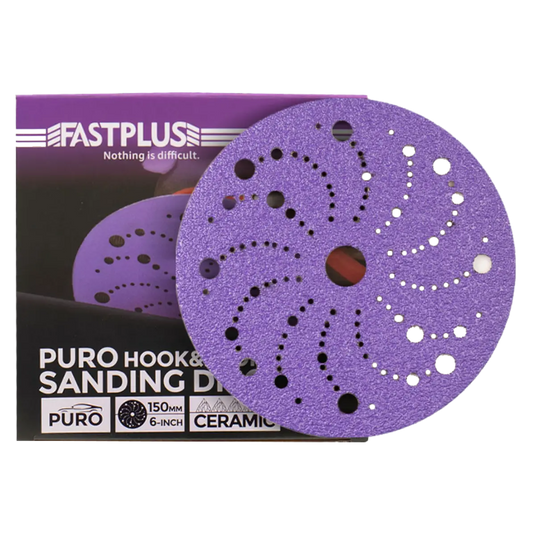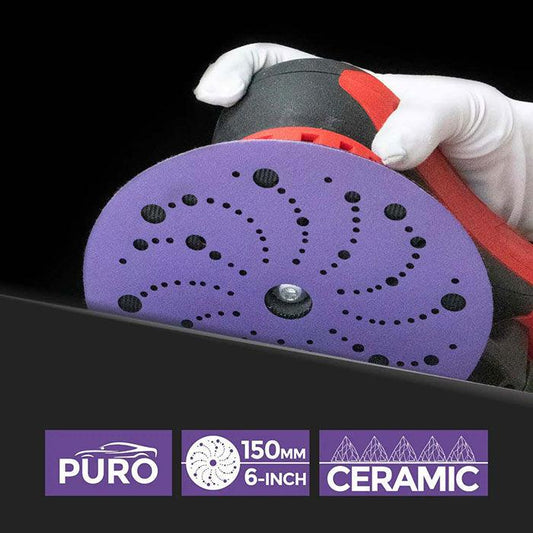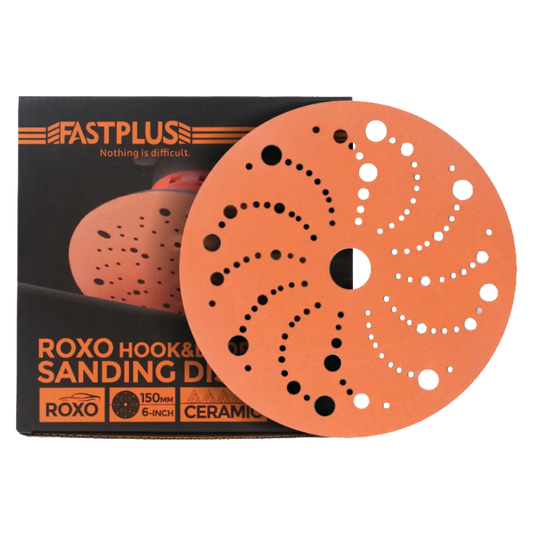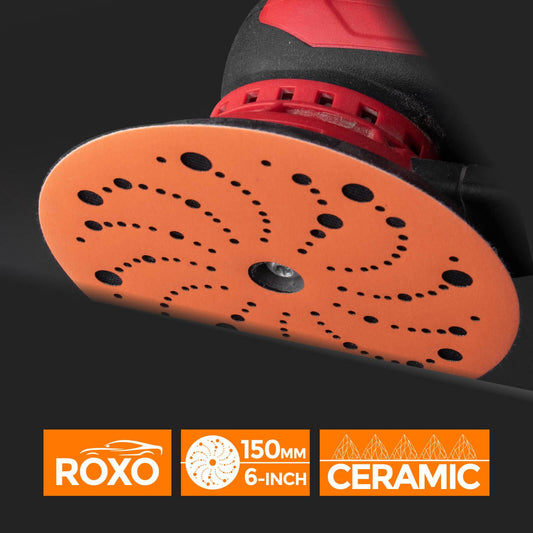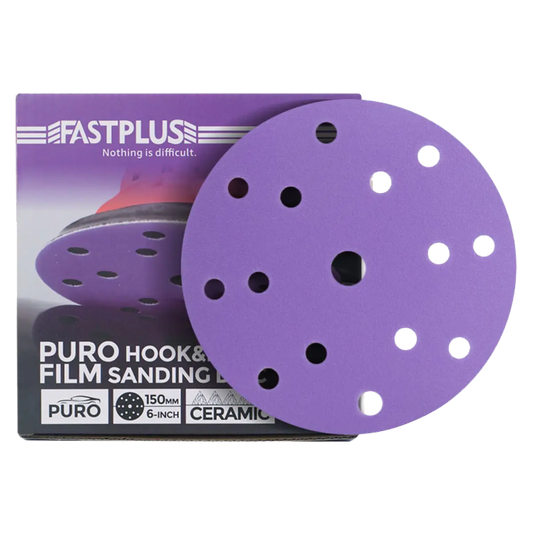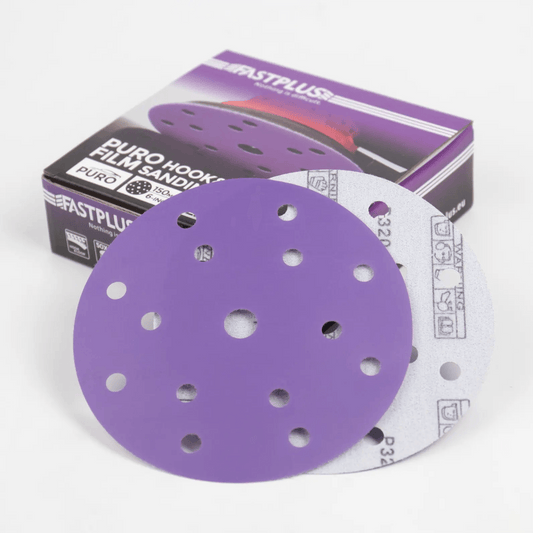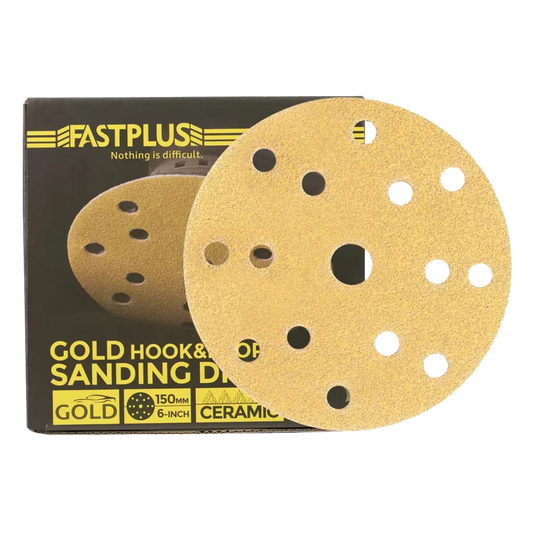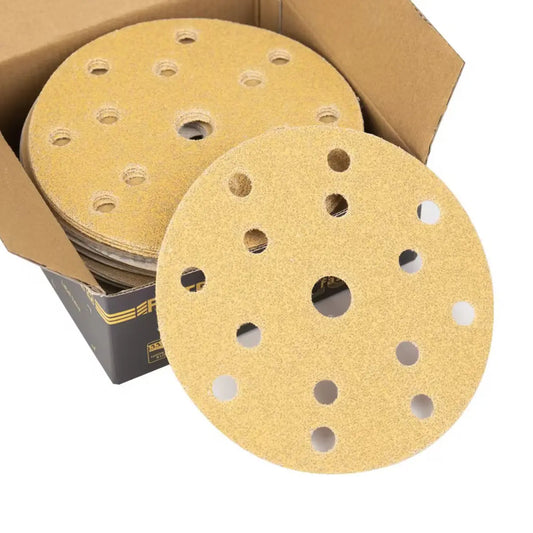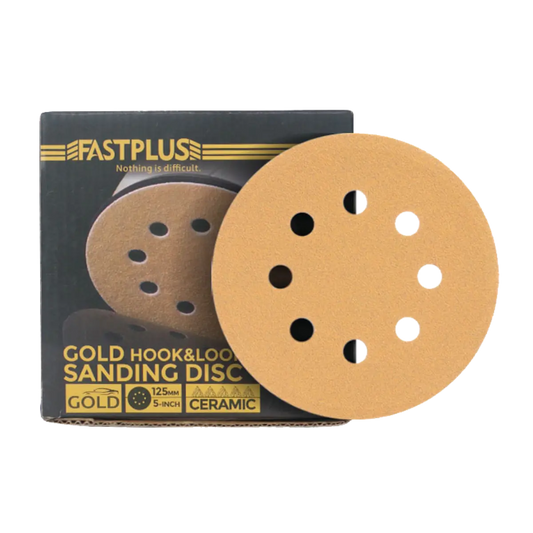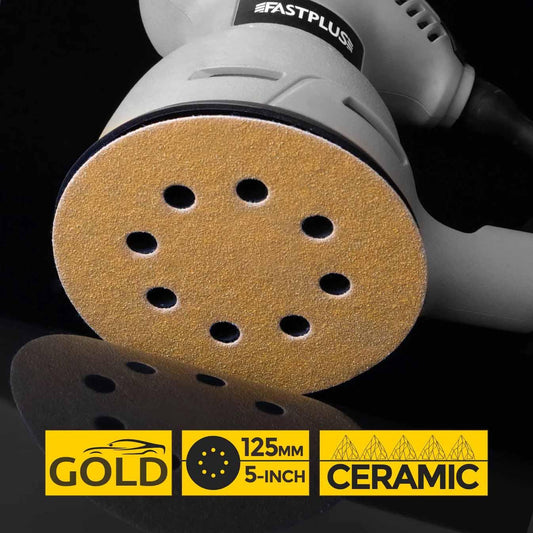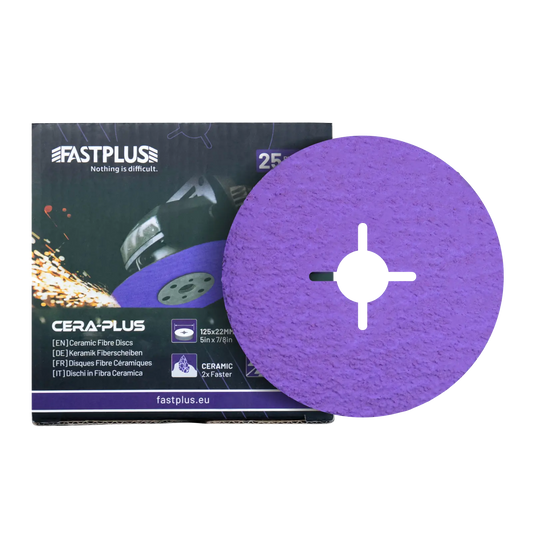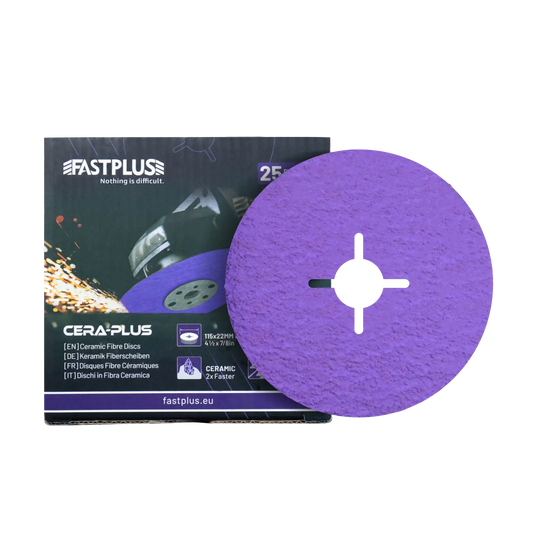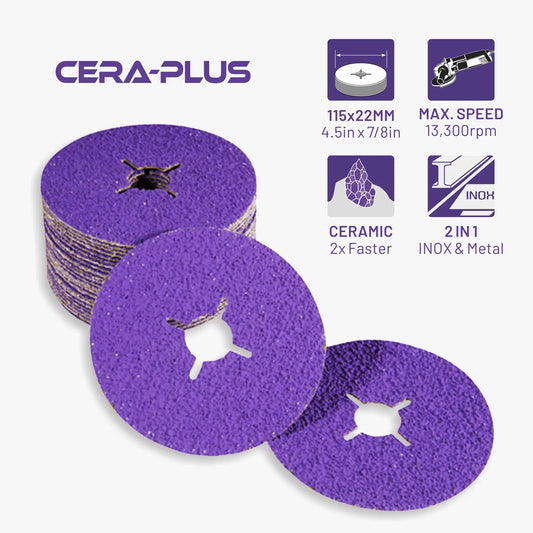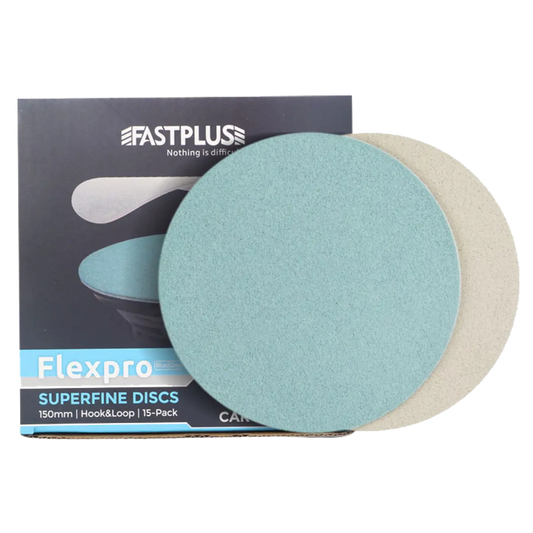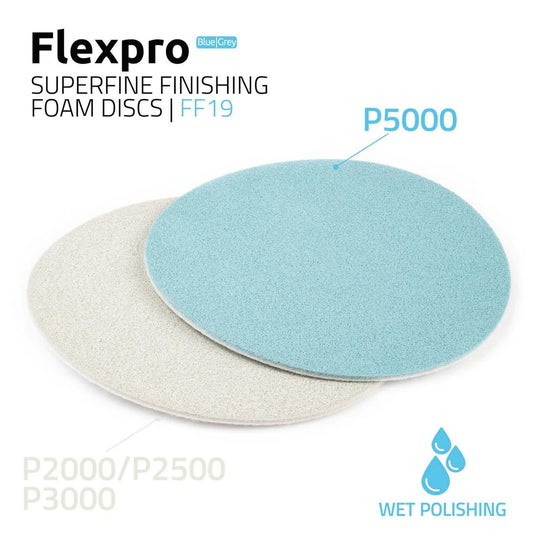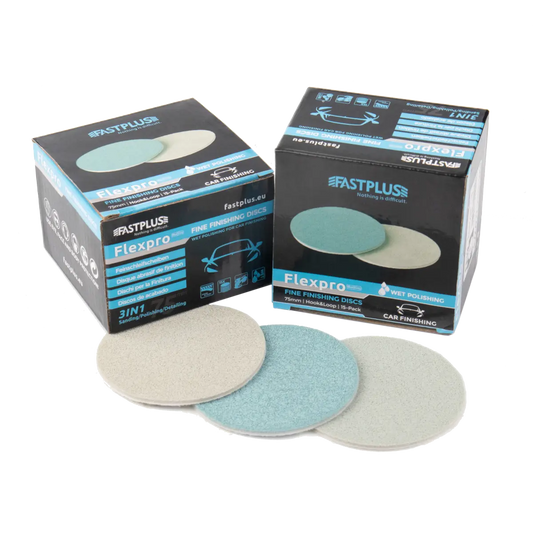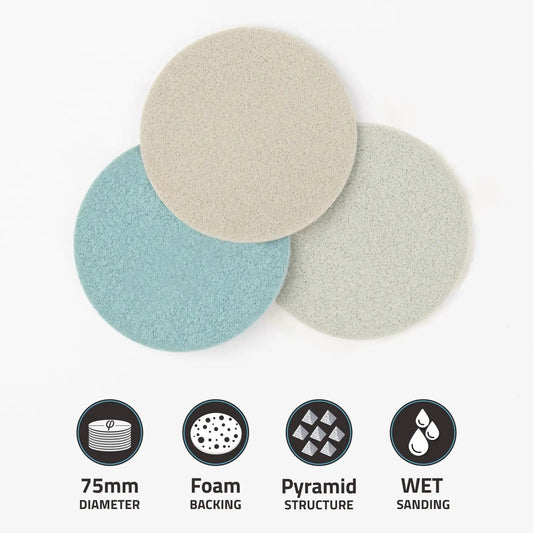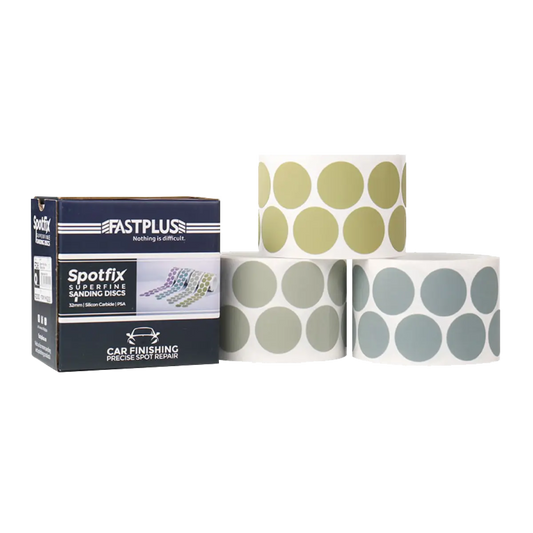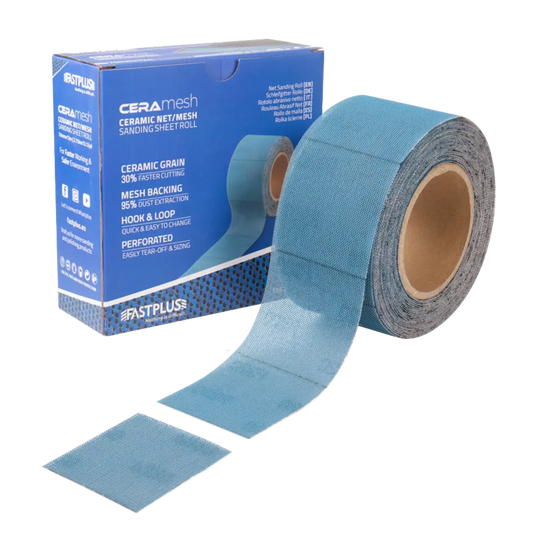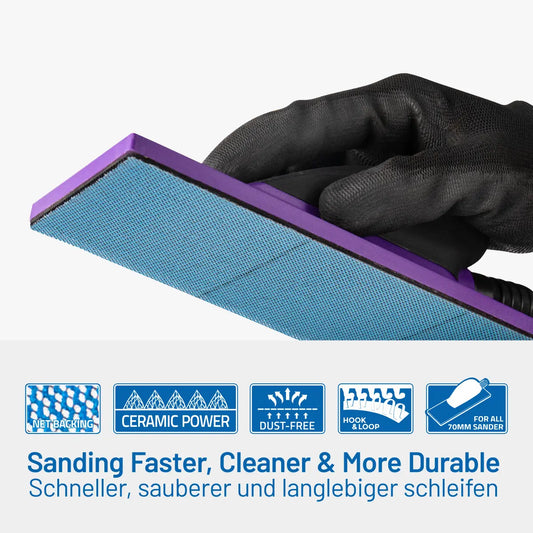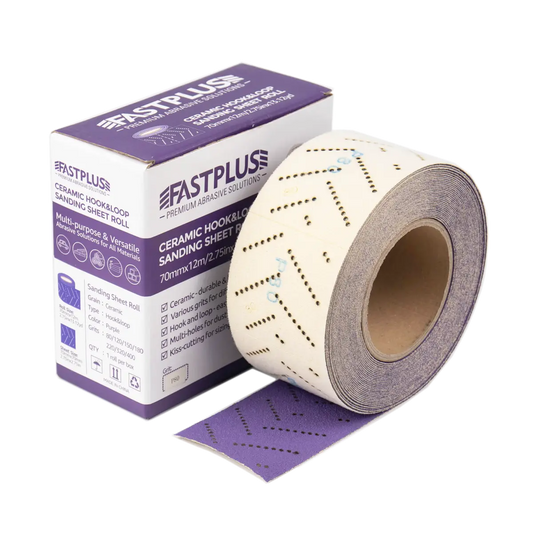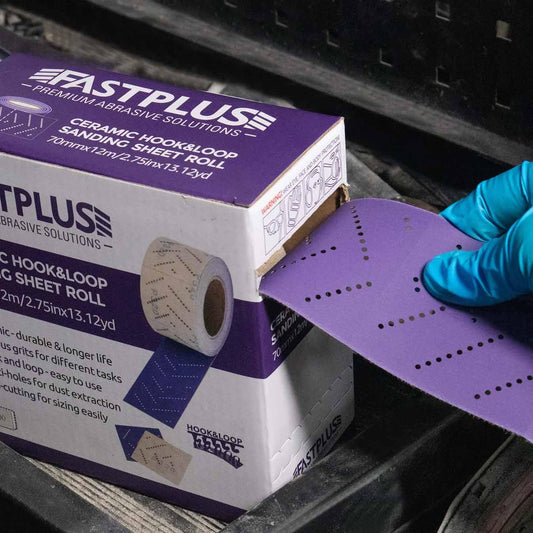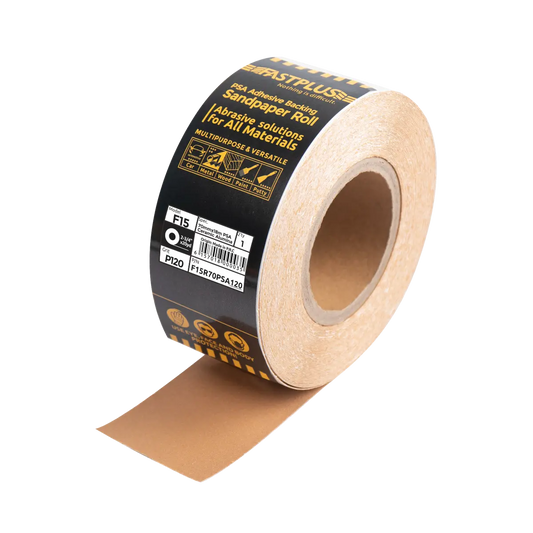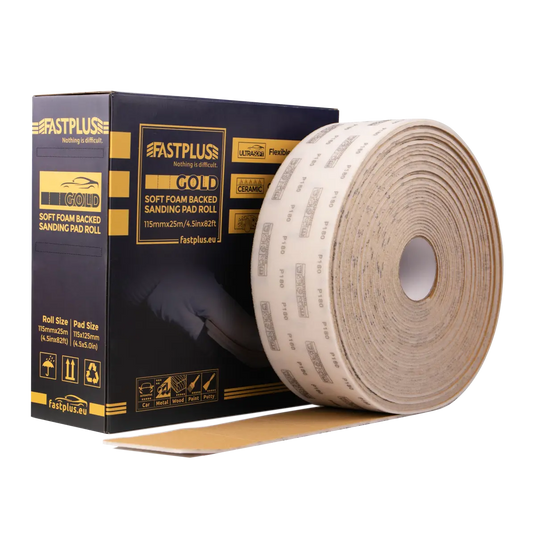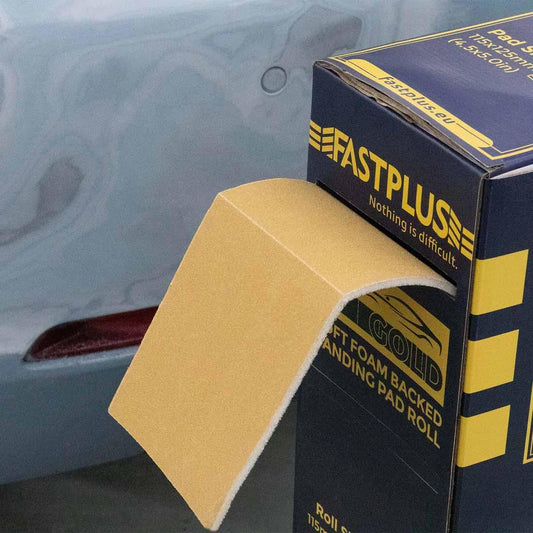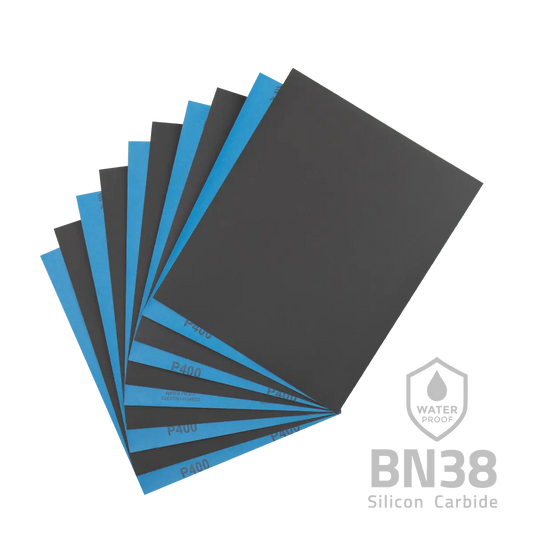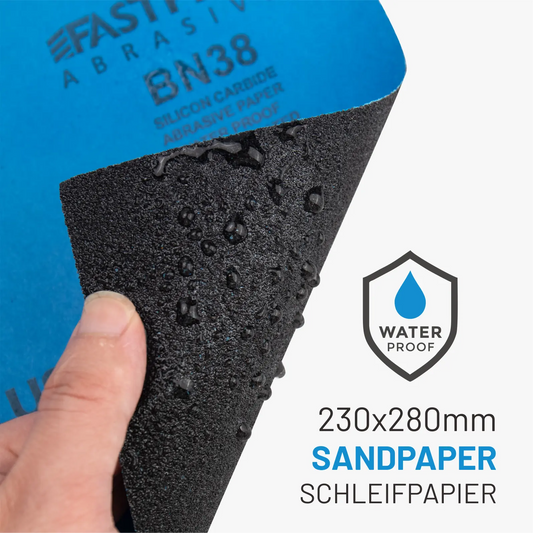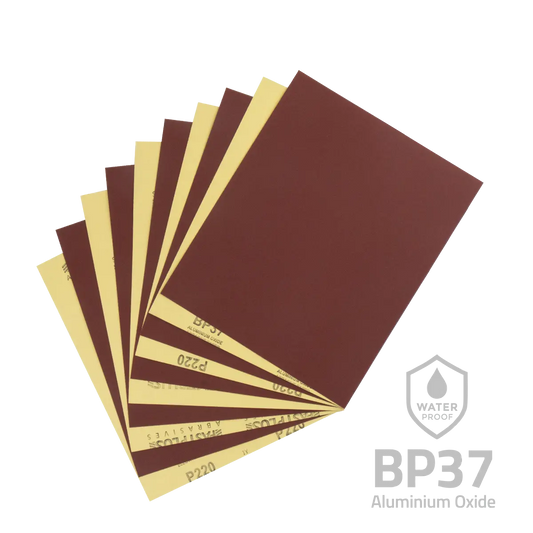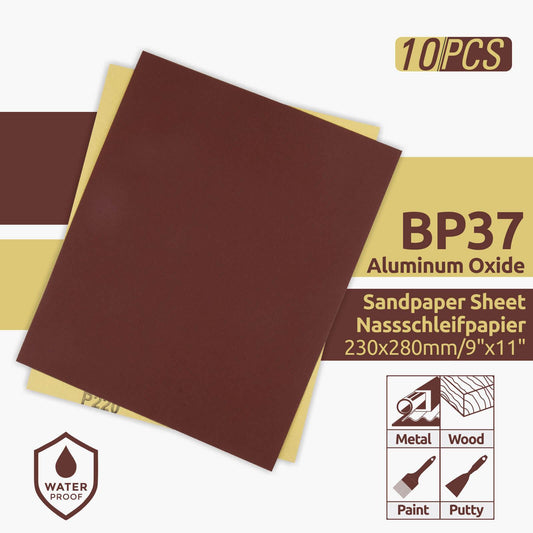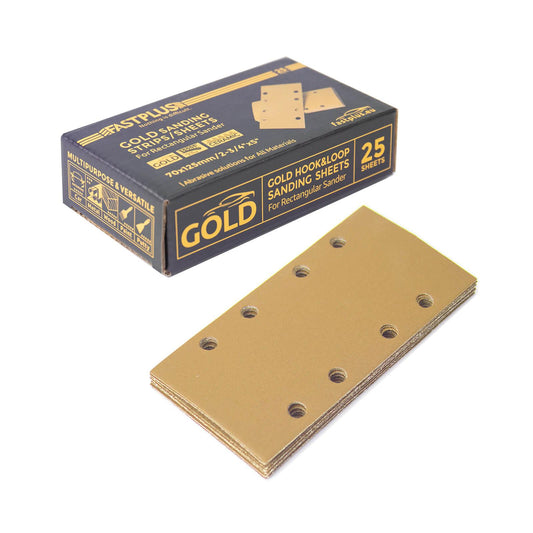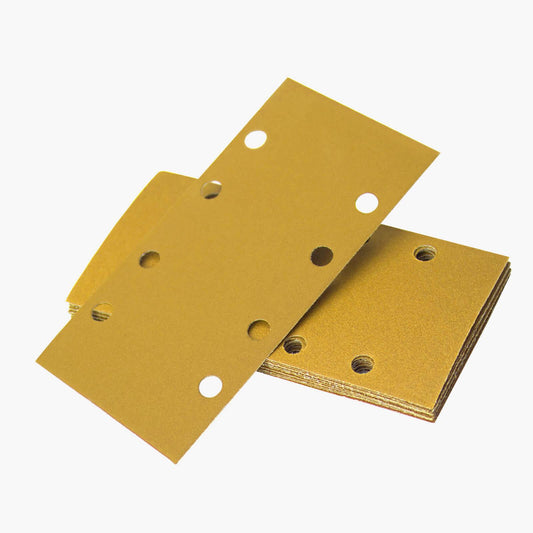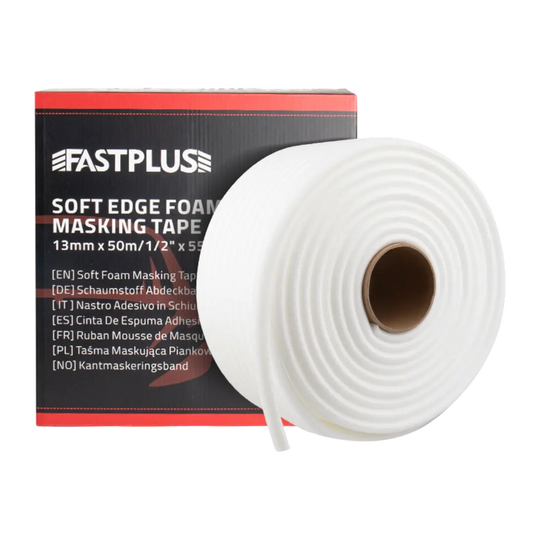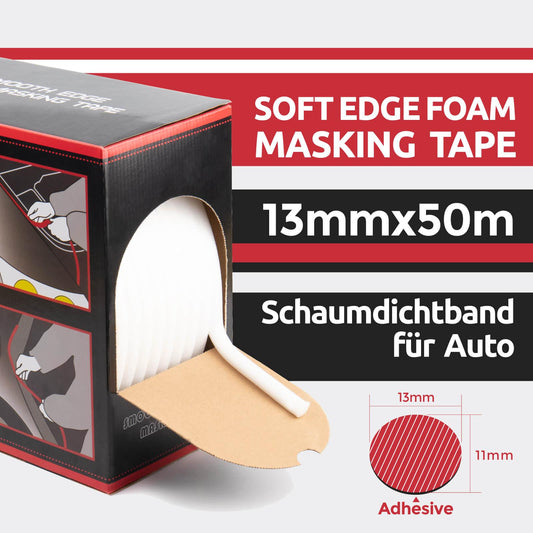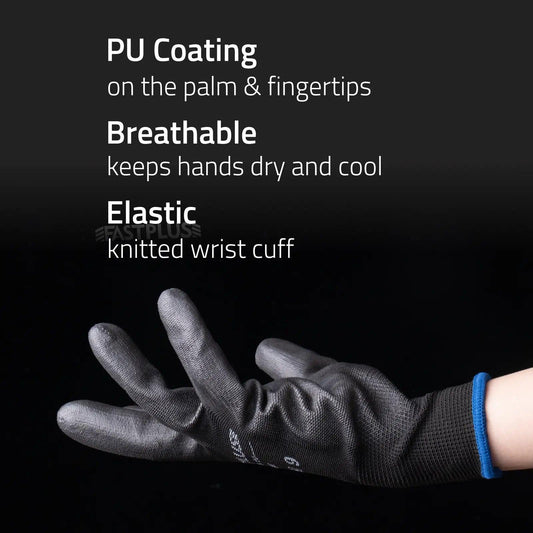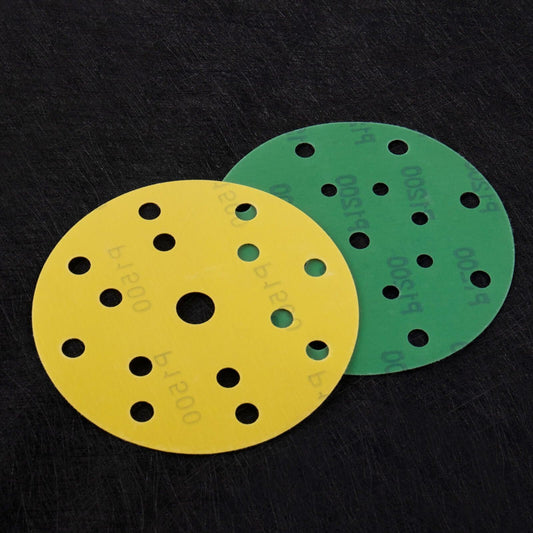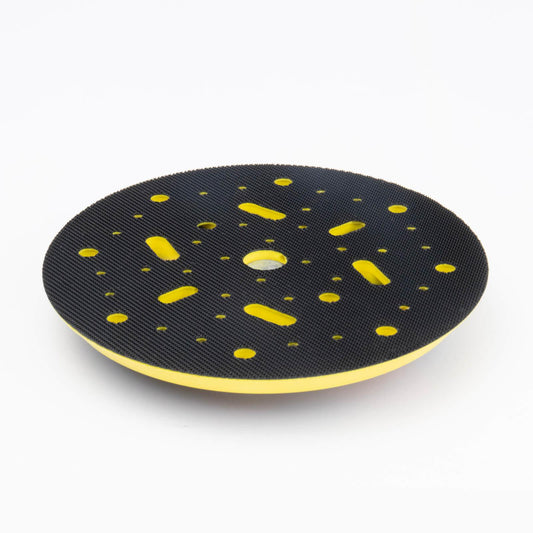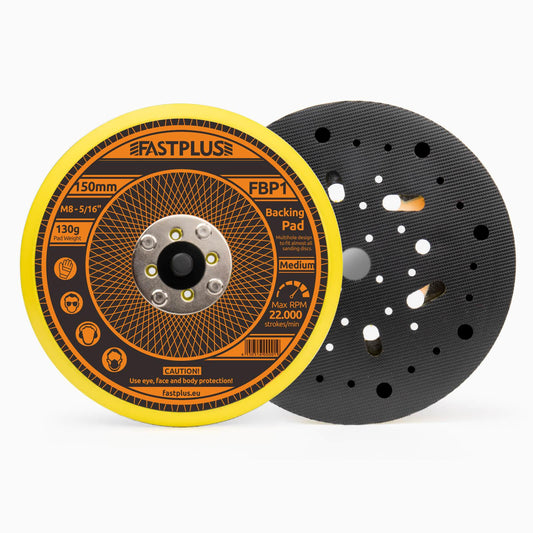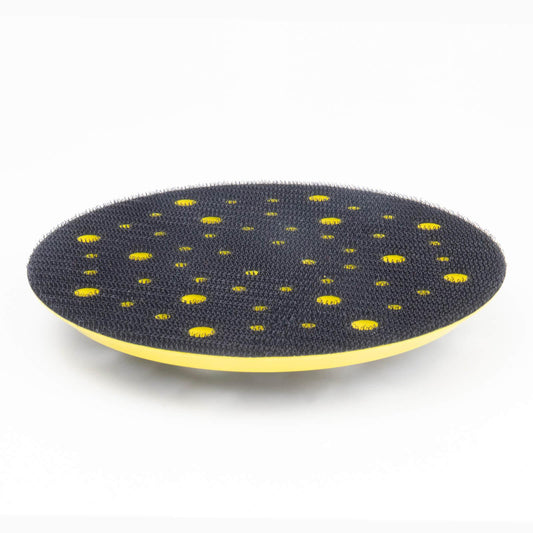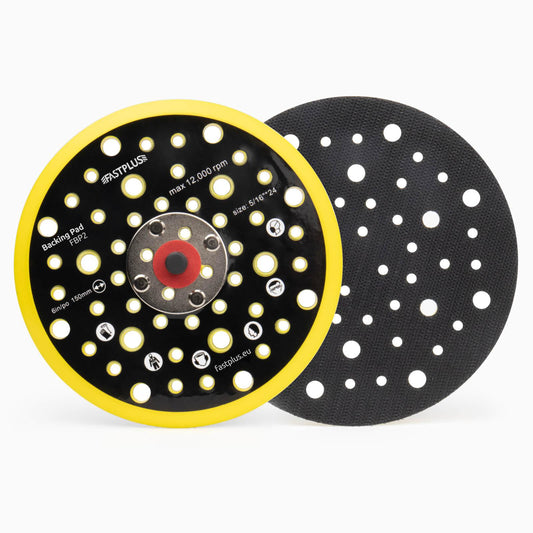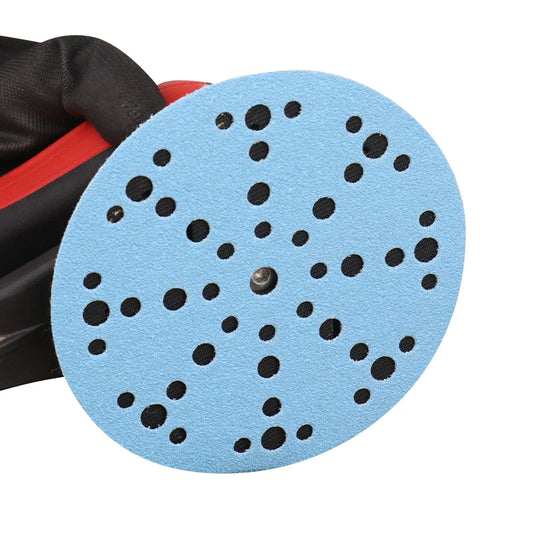Silicon Carbide Sandpaper: Everything You Need to Know
In the world of abrasives, silicon carbide sandpaper stands out as a pinnacle of performance and precision. Silicon carbide, often abbreviated as SiC, is a compound of silicon and carbon renowned for its exceptional hardness and durability. When harnessed in sandpaper, it transforms into a tool that redefines the standards of surface finishing and material shaping.
Properties of Silicon Carbide
Hardness and Durability:
Silicon carbide distinguishes itself with unparalleled hardness, establishing it as the top choice for abrasive applications. Its hardness surpasses that of traditional abrasives, ensuring longevity and resistance to wear. This characteristic translates to extended usability, making silicon carbide an ideal material for sandpaper, capable of withstanding rigorous abrasion without compromising performance.
Heat Resistance:
One of silicon carbide's distinctive properties is its impressive heat resistance. This attribute makes it well-suited for high-temperature environments, preventing thermal degradation during intense sanding processes. The material maintains its structural integrity even under elevated temperatures, providing consistent and reliable performance when subjected to demanding applications that generate heat.
Abrasive Qualities:
Silicon carbide's intrinsic abrasive properties elevate it to a prime material for effective material removal. The crystalline structure of silicon carbide particles facilitates a seamless cutting and grinding process, empowering the sandpaper to adeptly and precisely abrade a myriad of surfaces. Whether dealing with hardwoods, metals, or composites, silicon carbide's abrasive prowess guarantees a polished and consistent finish, establishing it as an adaptable choice for a wide array of sanding applications.
Types of Silicon Carbide Sandpaper
Grit sizes and their applications
- 80-120 Grit: These are ideal for removing rust, paint, and heavy imperfections. Picture them chomping through metal like a hungry shark (but please, wear gloves!).
- 150-220 Grit: Stepping down a notch, they excel at shaping wood and smoothing coarse surfaces. Think of them as skilled lumberjacks, expertly carving away unwanted bits.
- 240-400 Grit: Now we're entering the realm of finesse. These grits refine scratches and prepare surfaces for paint or varnish. Imagine them as meticulous sculptors, gently shaping clay with precision.
- 600-1200 Grit: Super smooth finishes are their game. These grits polish metals, plastics, and even stone, leaving them with a near-mirror shine. Think of them as master polishers, buffing away every imperfection until the surface gleams.
- 1500-5000 Grit: These are the elite, reserved for ultra-fine work like clear coat polishing or achieving a flawless lacquer finish. Picture them as delicate surgeons, wielding their abrasive touch with exquisite precision.
Coated vs. Open Coat Sandpaper:
- Coated Sandpaper: Features a dense layer of abrasive particles covering the entire surface. It offers consistent abrasion and is effective for general-purpose sanding.
- Open Coat Sandpaper: Has abrasive particles with more space between them, reducing clogging during use. Ideal for sanding materials prone to clogging, such as softwoods or finishes.
Wet vs. Dry Sanding:
- Wet Sanding: Wet sanding, a technique employing water or liquid lubricants, transforms your sanding experience. By diminishing heat and dust, it prevents clogging and extends the sandpaper's lifespan, offering an unparalleled journey in finishing and polishing surfaces.
- Dry Sanding: This method, conducted sans liquid, suits applications where water isn't practical. Faster yet equally effective, dry sanding is perfect for initial material removal and shaping, providing a swift and precise solution. Elevate your sanding process with the dual prowess of wet and dry techniques, ensuring optimal results in every project.
Applications of Silicon Carbide Sandpaper
Automotive Industry:
- Paint Preparation: Silicon carbide sandpaper takes center stage in the realm of automotive painting processes, playing a pivotal role. Its expertise lies in smoothing surfaces, erasing the vestiges of old paint or primer, and laying the foundation for a pristine substrate ready for new coatings.
- Bodywork and Restoration: In the intricate world of automotive restoration, silicon carbide sandpaper emerges as a trusted ally. From shaping body panels with finesse to smoothing out imperfections, it becomes the artisan's tool for achieving a flawless finish on restored vehicles. Step into the future of automotive bodywork and restoration, where silicon carbide is the key to unlocking perfection in every painted detail.
Woodworking:
- Surface Preparation: A maestro in surface preparation, silicon carbide sandpaper takes center stage. From shaping and leveling with coarse grits to achieving a flawlessly smooth canvas for staining or painting with finer grits, it paves the way for woodworking excellence.
- Sanding Veneers and Hardwoods: Whether delicately sanding veneers or tackling the challenges of dense hardwoods, silicon carbide's versatility shines through, promising a uniform and refined surface across diverse wood types. It's the go-to choice for those who demand precision and consistency in every woodworking endeavor.
- Finishing Touches: As the curtain falls on your woodworking masterpiece, embrace the finesse of extra-fine grits. These are the finishing touches that transform your creation into a polished marvel, perfect for high-end woodworking projects that demand nothing short of perfection. Silicon carbide: where preparation meets artistry.
Metalworking:
- Metal Deburring: Silicon carbide emerges as the unsung hero in metal deburring, where it's unmatched hardness and abrasive prowess come to life. This exceptional material excels in eliminating imperfections, refining edges, and revitalizing metal surfaces, setting a new standard in metalworking applications.
- Grinding and Polishing: Silicon carbide transforms the metalworking landscape with its dual role in grinding and polishing. Coarse grits take the lead in the initial stages, shaping metal with finesse, while the finer grits step in, orchestrating a symphony of polishing and finishing that elevates metal components to a level of excellence previously unmatched. Step into a realm of precision and quality with silicon carbide – where each grind and polish is a testament to mastery in metal craftsmanship.
DIY Projects:
- Home Repairs and Renovations: Silicon carbide sandpaper stands as the go-to companion for DIY enthusiasts engaged in home repairs and renovations. Whether it's breathing new life into wooden furniture, revitalizing cabinets, or priming surfaces for a fresh coat of paint, the versatile abrasive qualities of silicon carbide cater to a broad spectrum of DIY applications.
- Craftsmanship: In the realm of craftsmanship, DIY artisans find a reliable ally in silicon carbide sandpaper. Elevate your crafting projects with this indispensable tool, ensuring not just precision but also a professional finish across various materials. Embrace the transformative power of silicon carbide in your hands, where every stroke becomes a testament to your DIY prowess and a step towards crafting a home that reflects your unique style.
Advantages of Silicon Carbide Sandpaper
Efficient Material Removal:
- Rapid Stock Removal: Silicon carbide sandpaper emerges as the champion in rapid stock removal, showcasing its unparalleled ability to swiftly strip away material from surfaces. This makes it the ultimate choice for tasks demanding aggressive abrasion, where time is of the essence.
- Versatility: Silicon carbide's prowess extends seamlessly across diverse materials, from wood to metal and composites. Whether you're shaping, smoothing, or leveling, count on silicon carbide to orchestrate a consistent and efficient material removal process. Embrace the versatility that ensures your projects meet not only your deadlines but also the highest standards of craftsmanship.
Longevity and Cost-Effectiveness:
- Durable Composition: Silicon carbide's extraordinary hardness is the backbone of its sandpaper's enduring composition. This robust structure empowers it to weather prolonged use gracefully, ensuring sustained performance over time and reducing the need for frequent replacements.
- Cost-Efficient Investment: While the initial cost of silicon carbide sandpaper might be slightly higher, consider it a strategic and cost-efficient investment. The extended lifespan and unwavering performance of this remarkable material translate into long-term savings. Users not only experience fewer replacements but also enjoy increased productivity, making every penny invested in silicon carbide sandpaper a wise and rewarding choice.
Consistent Performance:
- Stable Abrasive Properties: Silicon carbide stands out with its unwavering abrasive properties that remain stable throughout use. This steadfastness ensures that the sandpaper consistently delivers predictable and reliable results, fostering precision across various applications.
- Minimal Grit Deterioration: Unlike some counterparts that may suffer from grit deterioration during use, silicon carbide stands resilient, retaining its sharp edge. This unique characteristic contributes to a uniform and controlled sanding process, providing a reliable tool for achieving desired outcomes.
- Versatile Applications: From tackling coarse material removal to achieving fine finishing touches, silicon carbide sandpaper proves its mettle across a diverse range of tasks. This versatility makes it a steadfast choice for both professionals and DIY enthusiasts, ensuring reliable and expected results in every application.
Maintenance and Storage of Silicon Carbide Sandpaper
Cleaning and Reusing:
- Gently Tap or Brush: Extend the life of your sandpaper with simple yet effective maintenance techniques. After use, a gentle tap or brush clears away loose particles and dust, preserving the abrasive surface's effectiveness.
- Compressed Air: For more stubborn residue, unleash the power of compressed air. Safeguard the abrasive surface by holding the sandpaper at a slight angle, ensuring a thorough removal of particles without causing damage.
- Avoid Excessive Pressure: When cleaning, exercise caution and avoid applying excessive pressure to prevent premature wear. Treat your sandpaper with care, and it will reward you with prolonged durability and consistent abrasive qualities.
- Damp Cloth: In cases of sticky residue, a slightly damp cloth comes to the rescue. Wipe the surface with care, especially when working with challenging materials. Prioritize allowing the sandpaper to dry completely before storing it to maintain its optimal performance. Your sandpaper, your investment – handle it wisely for lasting results.
Proper Storage to Prevent Degradation:
- Flat Storage: Elevate your sandpaper care routine with these pro tips. Store your sandpaper flat in a dry, cool environment to prevent warping. A flat storage surface preserves the evenness of the abrasive surface, ensuring unwavering and consistent performance.
- Avoid Extreme Temperatures: Protect your sandpaper from extremes. Keep it away from both extreme temperatures and humidity, as these factors can hasten the degradation of the abrasive material, leading to a quicker loss of effectiveness.
- Use Sealable Containers: Opt for sealable plastic bags or containers when storing your sandpaper. This extra layer of protection shields it from dust and moisture, especially crucial in busy workshops or storage spaces where contamination is a potential threat.
- Organize by Grit: Organize your sandpaper systematically by grit. Label or store different grits separately to streamline your workflow. This not only makes it easier to locate the perfect abrasive for specific tasks but also minimizes the risk of confusion, ensuring you're always equipped for precision in every project. Your sandpaper deserves the best care for optimal performance.
FAQs About Silicon Carbide Sandpaper
Can silicon carbide sandpaper be used for polishing metals?
Absolutely! Elevate your metal polishing game with silicon carbide sandpaper featuring finer grits (800-5000). It's your go-to solution for effectively erasing fine scratches and imperfections, leaving a polished and smooth surface on various metal surfaces.
Can silicon carbide sandpaper be used on all types of materials?
Without a doubt! Silicon carbide sandpaper is the epitome of versatility, making it the ideal choice for wood, metal, and composites. Embrace its adaptable nature in woodworking, metalworking, automotive, and diverse DIY projects.
Can silicon carbide sandpaper be used with power sanders?
Absolutely! Harness the efficiency of silicon carbide sandpaper with power sanders. Achieve optimal material removal and desired finishes by ensuring your power sander is equipped with the appropriate attachment for the job.
Can silicon carbide sandpaper be used on irregular surfaces or contours?
Certainly! Silicon carbide sandpaper is your flexible ally, capable of conforming to irregular surfaces and contours. This unique feature makes it perfect for various shapes and profiles, enabling precise sanding even in hard-to-reach areas.
Can silicon carbide sandpaper be used for sharpening tools?
Indeed! Silicon carbide sandpaper with coarser grits is your ticket to initial tool sharpening and shaping. While it's effective, keep in mind that for a precise and consistent edge on tools, specialized sharpening stones or systems may offer an edge above the rest.
Conclusion
Silicon carbide sandpaper reigns supreme in the world of abrasives, boasting exceptional hardness, heat resistance, and cutting power. From efficient material removal to delicate polishing, it tackles diverse tasks across wood, metal, and composites. Its longevity and cost-effectiveness make it a wise investment for professionals and DIYers alike. So, ditch the ordinary and embrace the kingpin of abrasives - Silicon carbide sandpaper. It's guaranteed to elevate your projects to a whole new level.
